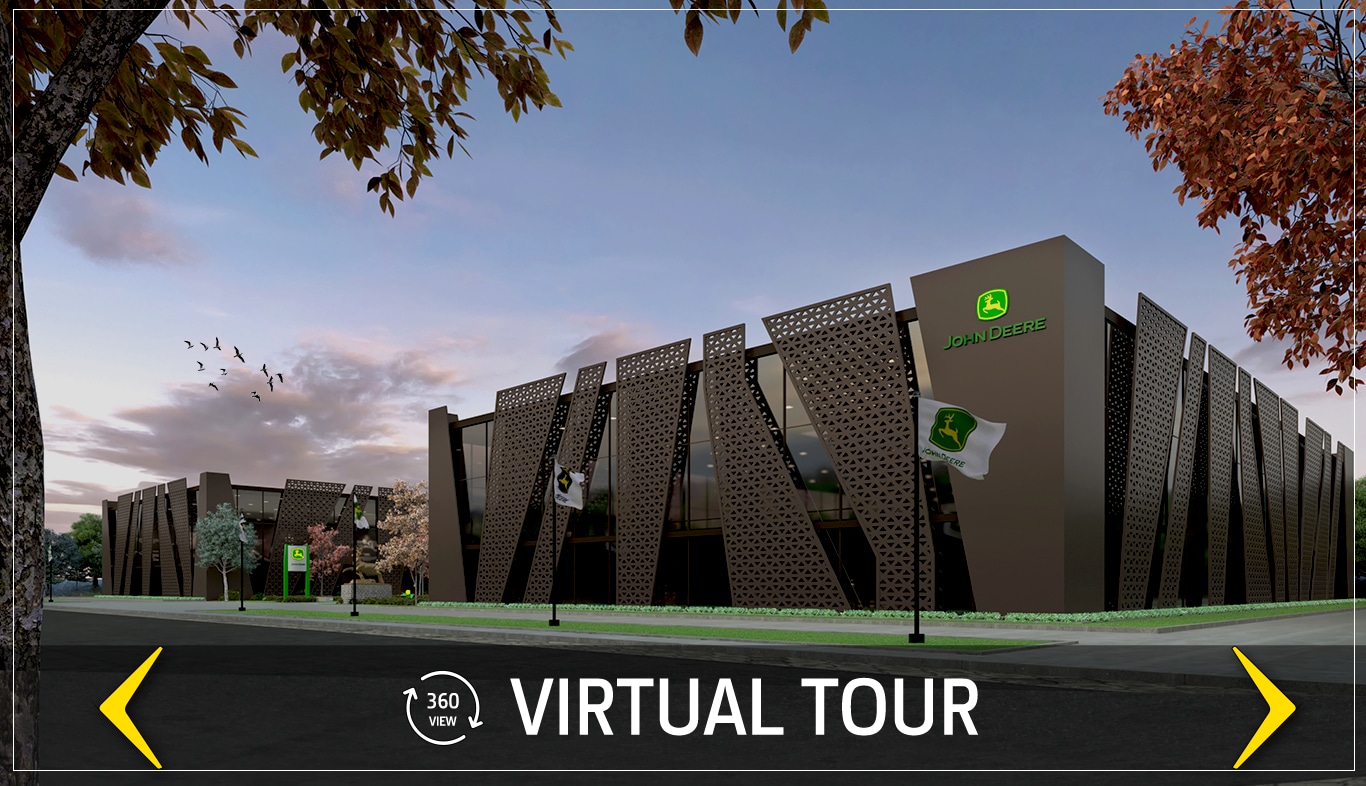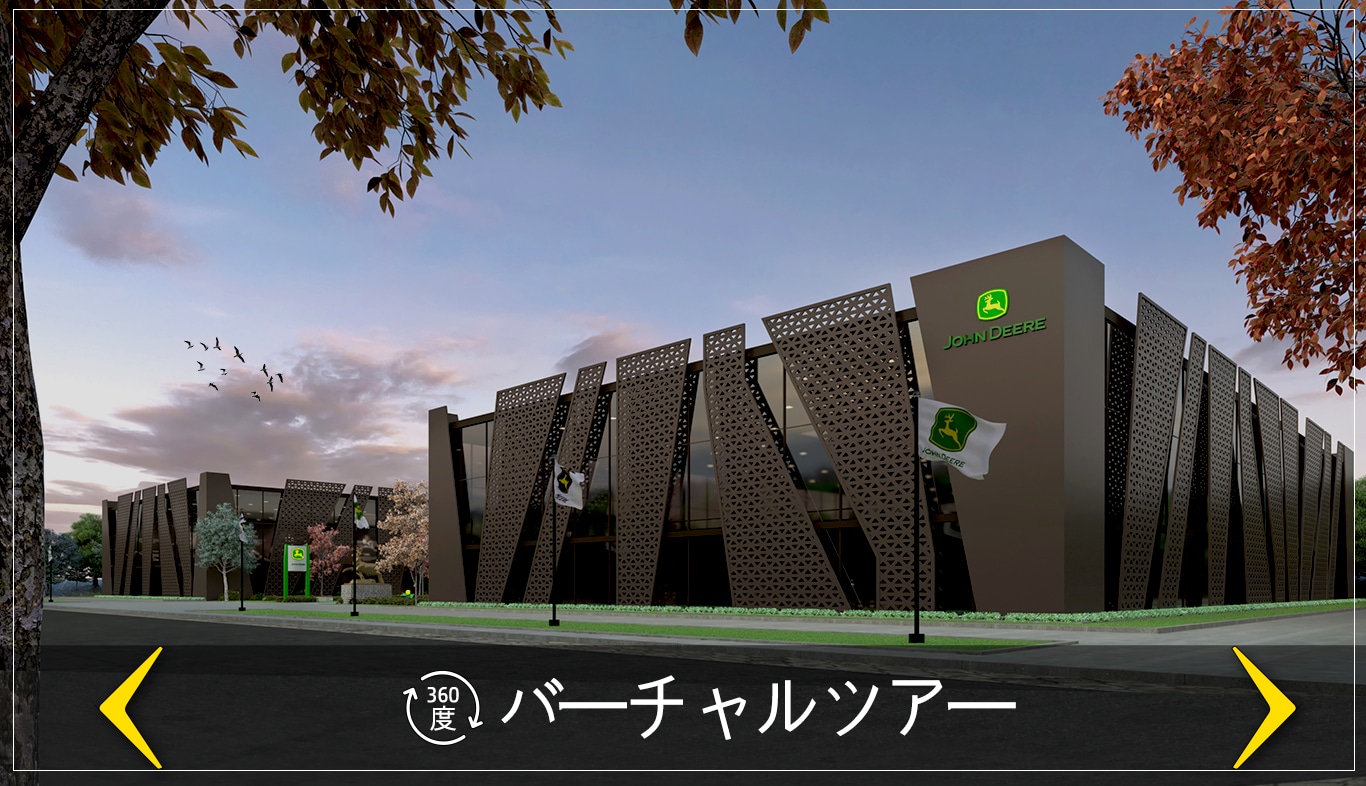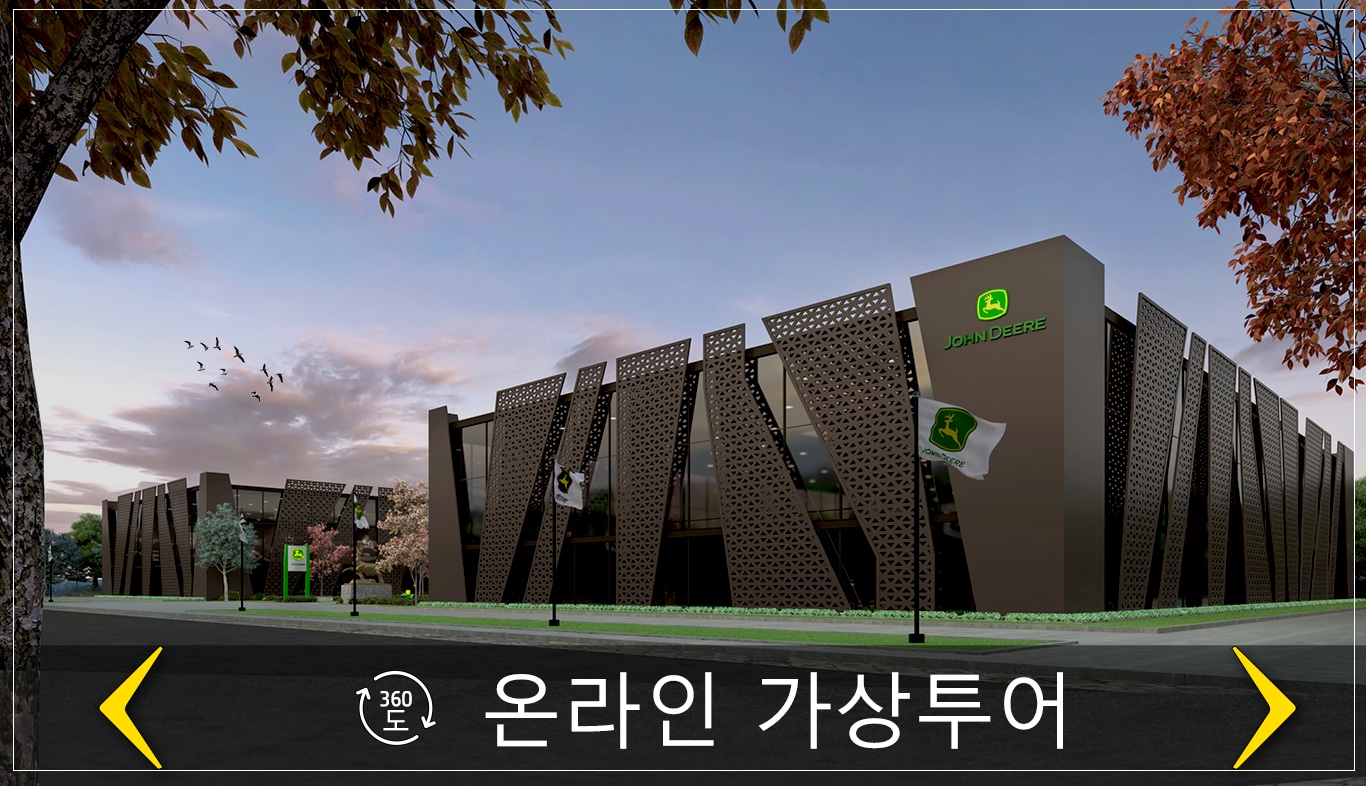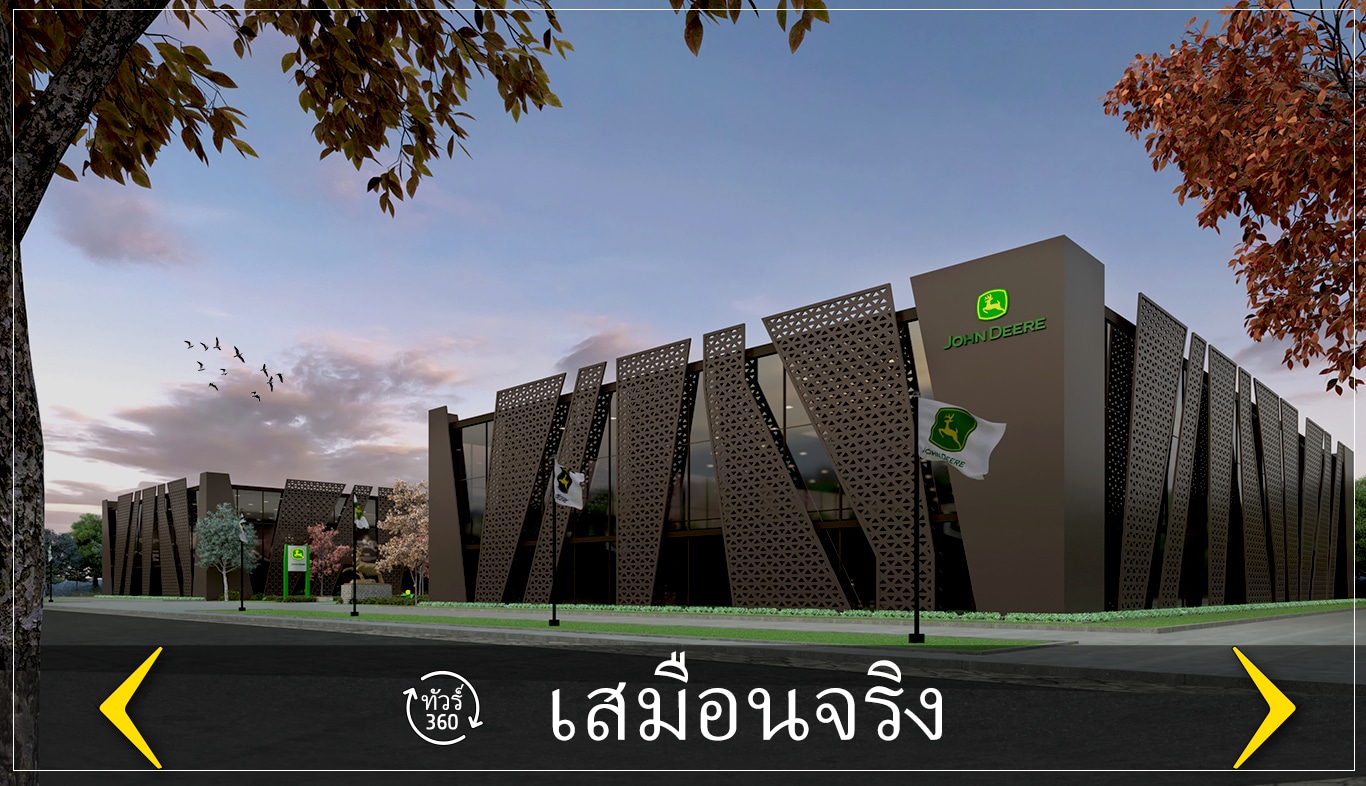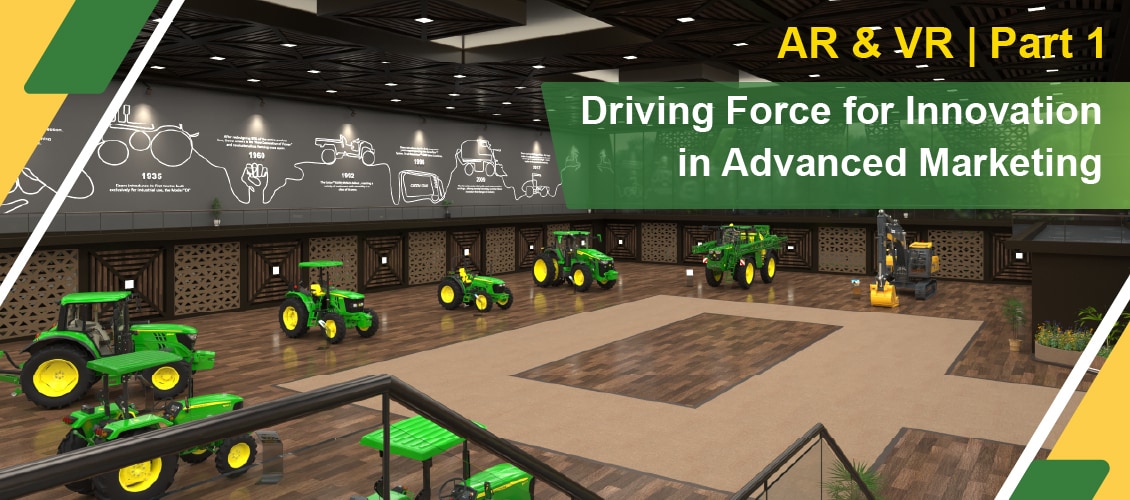
[AR & VR | Part 1] Driving Force for Innovation in Advanced Marketing

In the recent few years, Augmented Reality (AR) and Virtual Reality (VR) have emerged as transformative technologies with vast potential across various industries. These cutting-edge technologies have not just altered the landscape of the entertainment and gaming realm but have also found their niche in crucial industries such as marketing and agriculture where they are spearheading a one-of-its-kind transformation by reshaping customer engagement, training, and product development.
Here's a quick look at what they are and how they are innovating marketing as well as other related fields.
A Quick Understanding of AR & VR
Augmented Reality (AR) overlays digital content onto the real world thereby augmenting our perception. It facilitates users to interact with both the physical and digital elements simultaneously using devices such as smartphones, tablets, and AR glasses. This powerful technology blends both the virtual and real worlds and it offers an engaging, immersive, and cohesive blend of information.
Virtual Reality (VR) envelops individuals within a completely out of the world, digital realm, detaching the user from his physical surroundings. This involves the utilization of specialized equipment such as headsets and controllers to create an immersive experience. This technology provides a simulated reality in which users can engage with computer-generated environments.
AR and VR are often grouped together due to their immersive nature, but there are distinctions. AR uses a real-world setting and so AR users can control their presence in the real world. VR, on the other hand, is completely virtual and so VR users are controlled by the system. Namely AR enhances both the virtual and real worlds, while VR enhances a fictional reality only. Also, in terms of the required devices, VR requires a special headset, but AR can be accessed with a smartphone.
AR in Marketing
Augmented Reality has unquestionably revolutionized the marketing sector by empowering brands to provide interactive and captivating experiences to their customers. For example, AR apps enable customers to visualize how a pair of glasses would look on them or perhaps if a certain piece of furniture would add on to their home's aesthetic. One notable example of this is IKEA's AR app, which enables customers to visualize how a piece of furniture would look in their homes before making a purchase. This not just enhances the customer experience but also helps minimize the likelihood of returns.
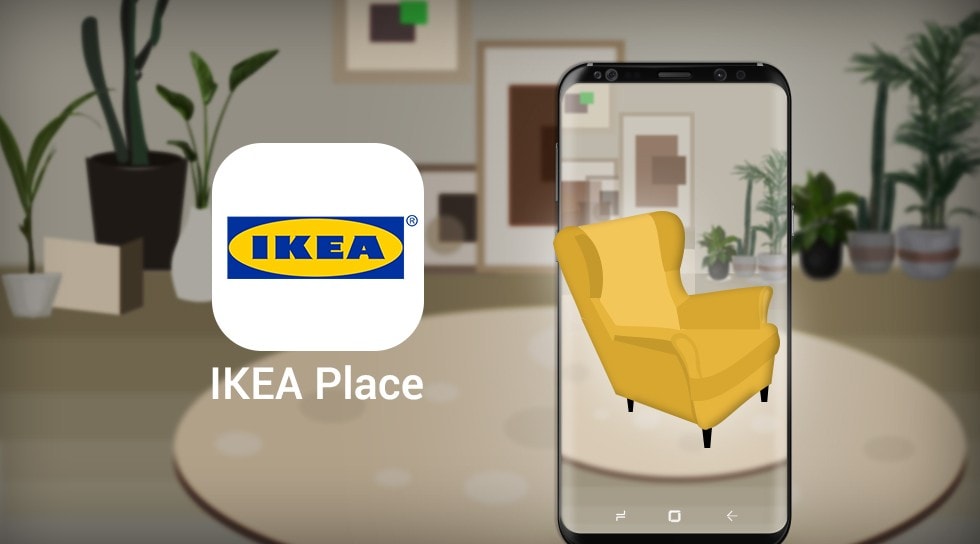
[Image Source: IKEA]
Another example of the use of AR in marketing is that of "Share a Coke", a prominent campaign by Coca-Cola, a renowned beverage brand. Herein customers could use their smartphones to scan Coke cans and this in turn triggered AR experiences that allowed the customer to personalize the virtual Coke bottles. This campaign drove immense customer engagement and social sharing, thereby helping the brand grow.
Furthermore, AR can also be used for location-based marketing. For instance, Pokémon GO captivated millions of users by combining AR with GPS technology, drawing players to real-world locations. Other brands can also make use of similar strategies to drive foot traffic to their stores or events.
VR in Marketing
Virtual Reality, on the other hand, is used in marketing primarily for creating immersive advertisements and experiences. Companies can transport consumers to virtual showrooms or events. For instance, a travel agency can offer VR tours to potential customers, allowing them to explore destinations virtually before booking their trip.
Marriott Hotels created "VRoom Service," a VR experience that enabled guests to virtually travel to different destinations before booking their stays. It therefore gave potential customers a taste of what their vacation could look like.
Another prominent illustration of VR in marketing is that of Mercedes-Benz. This renowned German luxury automotive brand strategically used VR to create a virtual test drive experience.
Customers could therefore put on a VR headset and feel like they were driving a Mercedes-Benz car.
AR & VR in Other Fields
In training field, medical students can use AR to practice surgeries on virtual patients, enhancing their surgical skills without risk. VR shines by providing immersive learning experiences. For instance, the military uses VR simulations for combat training, allowing soldiers to practice in realistic virtual environments. Also, organizations such as Boeing use VR to train their pilots by facilitating them to practice in a safe and controlled virtual environment.
In product development, AR and VR play a crucial role in prototyping and visualization. Designers and engineers can use AR to visualize and manipulate 3D models of products before physical prototypes are built. VR enhances collaborative product development. Teams from various locations can meet in virtual spaces to work on projects in real-time, thereby fostering creativity and reducing the need for physical presence.
Engaging Customer Experience and Increased Efficiency
AR and VR applications in marketing offer a more engaging customer experience. Customers too can virtually inspect and interact with the products by understanding its features and benefits. This is all possible from the leisure of one's house without the need for any physical demonstration. This therefore not only reduces the cost of logistics but also enables companies to target a broader audience.
Wrapping up how Augmented Reality (AR) and Virtual Reality (VR) are revolutionizing the conventional marketing, we will shed some light on how these new technologies are impacting agriculture industry with focus on how John Deere Asia is leveraging them in the next article Part 2.
* John Deere Asia have developed a virtual showroom in English, Japanese, Korean, and Thai. Anyone interested can click each panel below to view and explore John Deere Asia’s new virtual showroom for free!
